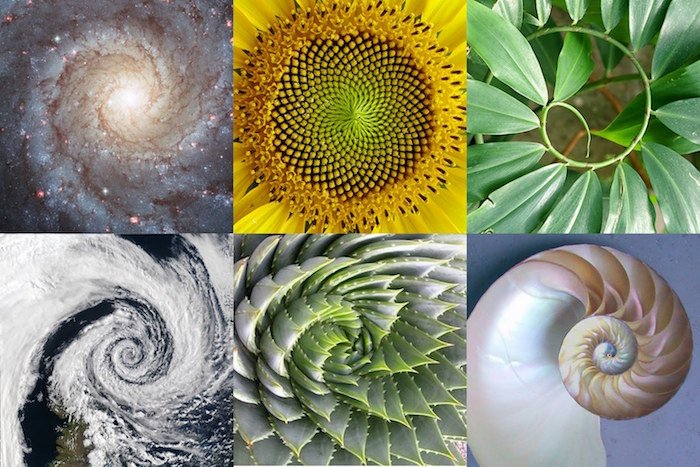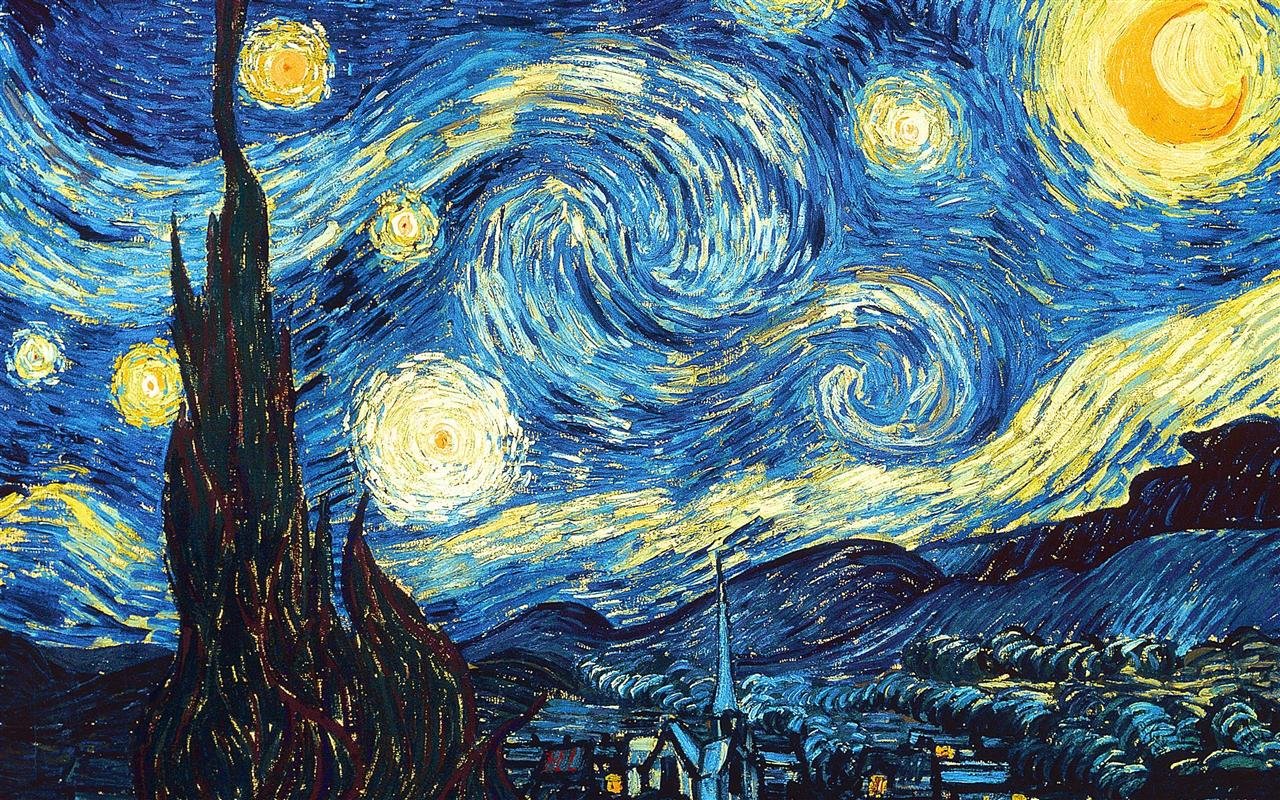
I’ve been thinking a lot lately. I observe myself staring into the void, or looking at people’s faces, movements, behaviors. I listen to their words, and I have a strange and distant feeling of “outerness". But what am I thinking about exactly?
I think about thought.
In particular, I ask myself the reason we do anything. Really, why do we do anything? Why do we wake up, grab a cup of coffee, have children, work, watch films, take hikes, why do we do anything at all, as opposed to nothing? I’ve been so caught up with the everyday TODOs that sometimes I get the feeling I'm moving in autopilot mode, but I don’t really question why I’m doing what I’m doing.
I believe this to be one of the fundamental questions of existence.
The first answer that came to mind is evolutionary, and it’s probably the most obvious one. Certain instincts, physical and behavioral traits were selected for by the process of evolution, and now we exhibit them, without necessarily having a reason, other than random chance, natural selection, and time.
But then I thought about it some more. I came to the conclusion that life is about patterns, and living beings value pattern recognition more than anything else.
Think about it. What makes a gazelle successful? It must spot lions and other threats effectively and efficiently, react in a split second without wasting energy. Based on the limited information it has available at any moment, it must act accordingly. Spotting the lion requires sophisticated vision, auditory, and potentially olfactory systems, all of which are intensely focused on recognizing patterns, and raising the alarm when a specific one is spotted. Activating the muscles and beginning the complex process of moving four coordinated limbs to propel the entire body forward while staying in balance is another case of pattern recognition and execution, coupled with a feedback loop of the body’s response, which leads to another state, which requires more pattern recognition and so forth. In algorithmic terms, it’s a recursive function (albeit simplified).
What makes a person successful?
It’s the same exact process, pattern recognition, and execution based on the understanding of such patterns. You can pick any field or endeavor, you can apply the same reasoning and arrive at the same conclusion.
Why do we cry at Pavattori’s performance of the aria Nessun Dorma, from the final act of Giacomo Puccini’s masterpiece Turandot? We see Luciano’s deep, intense eyes, staring into infinity, as his vigorous tenore voice vibrates powerfully, it resonates with our mental patterns that recognize the fluctuations of harmonic waves, intertwined in timeless mathematical proportions, which seem to peer into the birth of the universe and its remnant vibration thought the cosmos that we inhabit.
Ludwig van Beethoven wrote that, "Music is the one incorporeal entrance into the higher world of knowledge which comprehends mankind but which mankind cannot comprehend”. The relationship between music and numbers is well known, Pythagoras understood it over 2,500 years ago, stating that, "There is geometry in the humming of the strings, there is music in the spacing of the spheres."
Why does Bill Gates have a fortune of more than $80 billion? One can always point to luck – and there certainly was some of it in his early days – but without his ability to see patterns in the market, technology, and consumer behavior, he would not have consistently increased his wealth over time.
We value patterns more than everything else. Virtually every single job on the planet is based on the how good someone is at recognizing patterns and to act accordingly. In fact, we spent our formative years learning the most important of patterns. It’s the meta-pattern, that which helps us understand and form new patterns. Our ancestral DNA gives us instincts, which are a form of pre-programmed pattern recognition that helps us survive. But before we can do anything more meaningful, before we can use our mind and body to create something new and useful, we need the meta-pattern. We learn how to learn, and learning is fundamentally about pattern recognition. We are pattern-remix machines: we copy, we transform, and we combine to create new and interesting patterns, which others find valuable and insightful.
Let’s take a field of study and research, which is generally seen, with merit, as a much more noble endeavor than making money. Hard sciences: physics, math, chemistry, biology, etc. What makes Edward Witten’s research more valuable and interesting than the thousands of theoretical physicists struggling to achieve academic notoriety? Clearly it’s his ability to see complex patterns where others don’t. Physics is all about patterns, and math is the language we use to describe such patterns.
How can we ever hope to one-day defeat dementia, Alzheimer disease, and the hundreds of types of cancers, if not by understanding the mechanisms of how they emerge, spread, and die? And isn’t that yet another form of pattern recognition?
The internet is giving us unprecedented access to information and knowledge, which is sometimes overwhelming. Take this article you are reading right now. Why did you decide to click on it? Perhaps you found the title interesting, intriguing, and wanted to know more. In other words, you recognized a pattern, which sparked neuronal connections in your brain that lead to the creation of more complex and interesting patterns, which you found more compelling than the last cat video you saw, and decided to keep reading. You are now in the 14th paragraph. Was it worth it? Is it creating new pathways, and making you think differently? If you’re still here at this point, the answer is probably yes.
If the pattern is too simple, or too obvious, we find it boring, uninteresting, banal. If it’s too complex and chaotic, we say it's confusing gibberish. Valuable patterns are sophisticated enough to be interesting, but simple enough that they make sense.

It’s not just science, art is about patterns too. Vincent Van Gogh’s prodigious mind produced in 1889 what is now one of the most iconic and recognized works of art in history, The Starry Night. But his unparalleled genius became even more evident in 2006, when physicists discovered that Van Gogh’s painting accurately described one of the most mysterious and still unexplained concepts in physics: turbulence in fluid flows. The great German physicist Werner Heisenberg once said, “When I meet God, I'm going to ask him two questions: why relativity and why turbulence? I really believe he will have an answer for the first.” Scientists have struggled for centuries to describe turbulent flow — some are said to have considered the problem harder than quantum mechanics. It is still unsolved, but one of the foundations of the modern theory of turbulence was laid out 60 years later by the Soviet scientist Andrei Kolmogorov in the 1940s. “The Van Gogh's creations during his most turbulent period mirrored nature's turbulent flows, as if his mind somehow tapped into a universal archetype where luminous becomes numinous — and the painter's brush and nature's brush become one and the same.” (cit)
If art is about patterns, so are psychology, sociology, philosophy, making a movie, writing a book. A language is a form of codified and organized patterns, which helps us transfer a mind-pattern – an idea, a thought, an image, an emotion – to someone else. It’s a pattern-based technology, a vehicle whose purpose is to translate pure patterns – thoughts – to other pattern-seeking entities. Our drive as a species to understand and share patterns is so strong that we independently invented this “language” pattern thousands of times over the course of a few millennia.
We value patterns so much that we put the majority of our efforts and attention in making sure that they are not lost. We write books. We use math discover laws of the universe. We record and play songs, stories, and tales.
Patterns. It’s all about patterns, and recognizing them. The more elegant and intricate the pattern, the more beautiful our braid in spacetime is, the more satisfying our existence.
Do you like what I write? Consider upvoting this post on STEEM :)
Where to find me:
